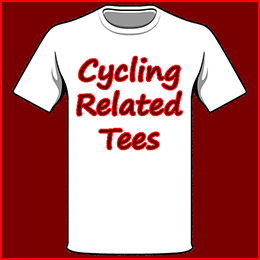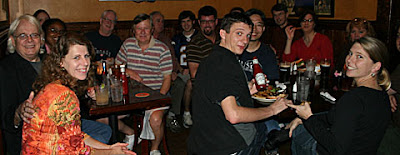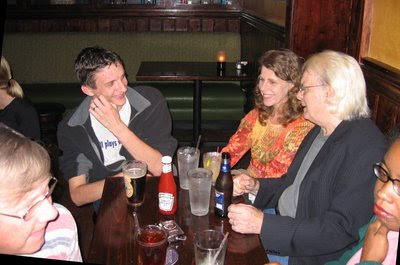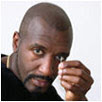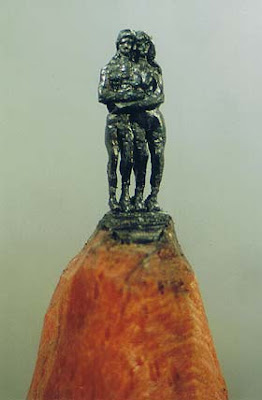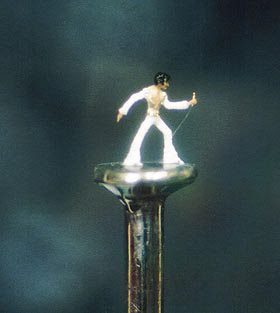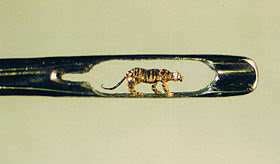The Highway Code
 Wed, January 17, 2007
Wed, January 17, 2007  I am not one of those English people who live in the US and constantly compare the two countries, cultures, or lifestyles. I have lived here for 28 years now, if anything it is England that now seems foreign to me. You will never hear me compare Cadbury’s chocolate with Hershey’s for example, or argue that one is better than the other.
I am not one of those English people who live in the US and constantly compare the two countries, cultures, or lifestyles. I have lived here for 28 years now, if anything it is England that now seems foreign to me. You will never hear me compare Cadbury’s chocolate with Hershey’s for example, or argue that one is better than the other.
One simple rule I do follow; when in England the coffee is so bad I drink tea. When in America the tea is so bad, I drink coffee. Another I would argue is a good thing in the UK, is something called the Highway Code.
It used to be a little printed book given out to everyone who drove a car, in fact learning the Highway Code was the first step required in getting a driver’s license. It was also available to any road user; kids in school would be given a copy. These days it is also a website.
The Highway Code is a British Government entity, the website URL ends in .gov.uk. The great thing about it is that it doesn’t just include car drivers, but all road users. It is a book of rules for cars, motorcycles, cyclists, pedestrians, and even horses on the road. There can be no argument that bicycles and others have a legal right to be on the road, a government publication says it is so.
With that right to be on the road comes a set of rules and laws that you must follow. I was amazed when I first came to the US to see bikes on the sidewalk, bikes on the wrong side of the road. Even when I started riding with the local racers in New Jersey, I was surprised to see them ride through red lights.
On the home page of the Highway Code website, about the third paragraph down it states that some of the rules are the law and to break them is a criminal offense, with fines, or even prison sentences. The rules that are the law are indicated on the website by the words MUST and MUST NOT in red type. Here are some of the must obey rules for cyclists:
Rule 46: At night your cycle MUST have front and rear lights lit. It MUST also be fitted with a red rear reflector (and amber pedal reflectors, if manufactured after 1/10/85).
50: You MUST obey all traffic signs and traffic light signals.
54: You MUST NOT cycle on a pavement. (The pavement is the sidewalk in England.)
This law is good because you don’t get idiot motorists yelling at you to get on the sidewalk, because everyone knows it is against the law, and a cyclist would be fined for doing so. It is also against the law in most of the US but no one enforces it.
55: You MUST NOT cross the stop line when the traffic lights are red.
As for riding on the wrong side of the road towards oncoming traffic; it is so blatently obvious that it is not even mentioned. In the rules for drivers section it is interesting that the following advice is included:
In the rules for drivers section it is interesting that the following advice is included:
Rule 139: Give motorcyclists, cyclists and horse riders at least as much room as you would a car when overtaking
I particularly like that one. “Give at least as much room as you would a car when overtaking.” It almost has the Biblical overtones of “Do as you would have done unto you.” Can you imagine the average car driver’s reaction if someone passed them missing them by inches? It would initially scare the crap out of them.
187: It is often difficult to see motorcyclists and cyclists especially when they are coming up from behind, coming out of junctions and at roundabouts. Always look out for them when you are emerging from a junction.
188: When passing motorcyclists and cyclists, give them plenty of room. If they look over their shoulder whilst you are following them it could mean that they may soon attempt to turn. Give them time and space to do so.
189: Motorcyclists and cyclists may suddenly need to avoid uneven road surfaces and obstacles such as drain covers or oily, wet or icy patches on the road. Give them plenty of room.
Need I say more to sing praises to the British Highway Code?
Footnote: As the majority of readers of my blog are from the US, I flipped the pictures to show traffic on the right side of the road.
 Dave Moulton | Comments Off |
Dave Moulton | Comments Off | 









